Understanding the Importance of Global Vaping Regulations
A Comparison of UK and US Laws
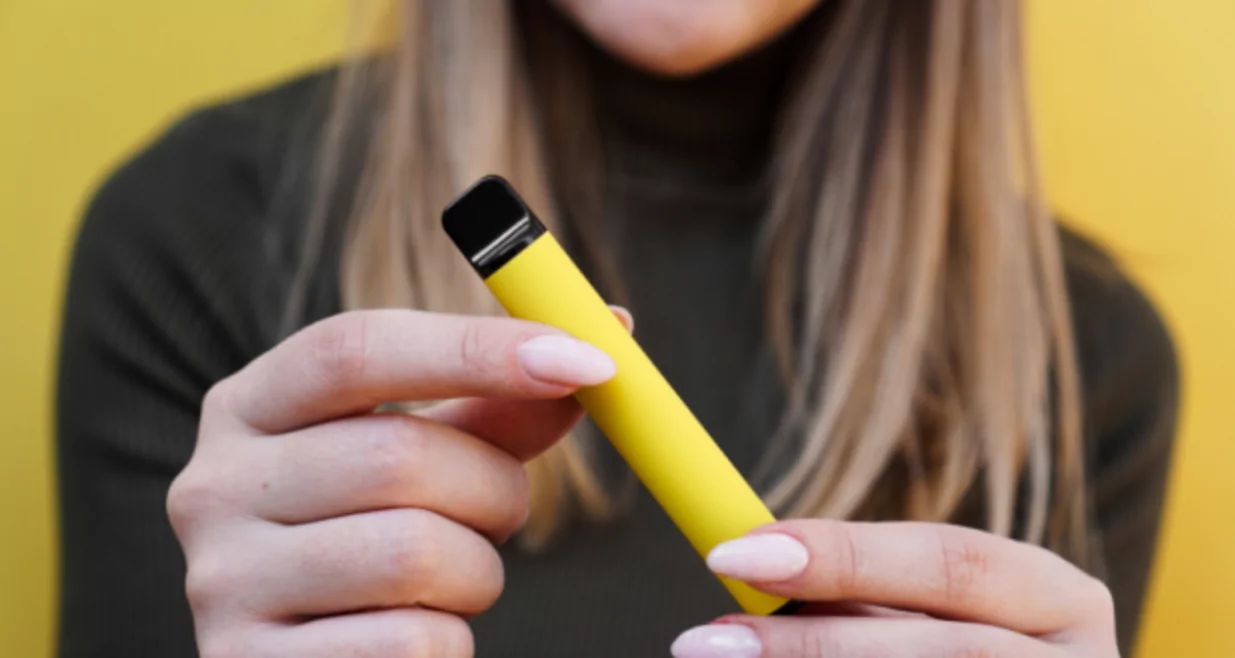
Over the last decade, vaping has emerged as a popular alternative to traditional smoking. This is largely due to its portrayal as a safer option and a potential aid in quitting smoking. For example, in the United Kingdom (UK), the National Health Service (NHS) has endorsed vaping as a useful tool to combat nicotine addiction.
Despite this acceptance in the UK, the global perception of vaping is far from uniform. In the United States, the perception is less favorable. In June 2022, the US Food and Drug Administration (FDA) decided to ban the popular vape brand JUUL. This decision was primarily driven by concerns about the product’s popularity among teenagers, as well as several public health incidents related to vaping. Reports of conditions such as ‘popcorn lung’ (a harmful lung condition related to certain types of vaping liquids) and incidents involving exploding vape kits have fueled skepticism towards vaping.
Differing Regulatory Environments
What explains these differing perceptions? One crucial factor is the differing regulatory environments for vaping. In the UK, stringent regulations are enforced through the European Union Tobacco Product Directive (EUTPD). These regulations ensure that vaping products adhere to a high safety standard.
Read More:
Key Regulations of the EUTPD
- Restrictions on container sizes: The EUTPD mandates that containers holding liquid nicotine cannot be larger than 10ml. This limit reduces the risk of nicotine poisoning and overconsumption.
- Limit on nicotine strength: EUTPD legislation restricts the strength of liquid nicotine to 20% or less. This limitation helps prevent consumers from becoming overly dependent on nicotine and reduces the risk of harmful effects from excessive nicotine intake.
- Mandatory safety features: The directive mandates that packaging for liquid nicotine should be child-resistant and tamper-evident. These safety features are essential to prevent accidental exposure, especially among children.
- Regulation of ingredients: EUTPD rules require that the ingredients of the liquid are clearly marked on the packaging, informing customers about the content of the product. This transparency is crucial to protect users from potentially harmful substances.
- Labeling requirements: The directive governs the labeling of the liquid, requiring warnings of possible side effects and consumption rules to be clearly displayed. These rules ensure that consumers are well-informed about the risks associated with vaping.
- Advertising regulations: The EUTPD also stipulates that the advertising of liquid nicotine should be carried out in a socially responsible manner, with strict restrictions on advertising to minors. These rules are crucial to prevent the misuse of vaping products among the younger demographic.
The Medicines and Healthcare Products Regulatory Agency (MHRA) must approve both e-cigarettes and E-Liquids before they can be sold. This comprehensive regulatory framework provides a high degree of consumer protection.
Read more:
An Industry Response to Regulation
Regulation is not just about setting boundaries; it also creates a framework within which businesses can operate responsibly. This is exemplified by vaping companies like Ecigator Vape, which operates within the strict EUTPD regulations to provide customers with safe and effective vaping products. They have proven that it’s possible to meet consumer demands responsibly, providing safe and high-quality products, while also offering appropriate warnings and guidance to protect consumers against potential adverse effects from vaping.
Ecigator Vape is a proud member of the Independent British Vape Trade Association (IBVTA). This not-for-profit body supports its members in implementing the EUTPD, promoting research and manufacturing excellence, and creating a proportionate regulatory landscape for the vape market. As a member, Ecigator Vape is dedicated to fostering a responsible and accountable vaping industry.
The US Approach
Public health issues linked to vaping in the United States underscore the importance of robust regulation. A prime example is the outbreak of “vaping-related illness” in 2019. These cases were mainly linked to Vitamin E acetate found in illegally produced vape cartridges containing tetrahydrocannabinol (THC), the psychoactive ingredient in cannabis.
Unlike in the UK, where the government reviews the ingredients in E-Liquids before they can be sold, the US allows a relatively free market for vaping products. Consequently, some vaping liquids in the US have been found to contain substances that are banned in UK E-Liquids, such as THC and Vitamin E.
Moreover, the nicotine strength in E-Liquids varies greatly between the two countries. In the UK, the maximum allowed strength is 20mg/ml, as mandated by EUTPD legislation. In the US, however, there is no such limit, leading to some E-Liquids with nicotine strengths as high as 59mg/ml.
The lax advertising laws in the US have also allowed e-cigarette companies to target young people on social media and television. By contrast, the UK’s stringent advertising regulations have helped to mitigate the risk of vaping products appealing to minors.
Read more:
A Tragic Incident and The Importance of Safety Measures
A fatal incident involving vaping occurred in Australia in 2019, underscoring the potential dangers of vaping for children. It was reported that a young child died after ingesting a small amount of liquid nicotine concentrate. This tragic incident highlights the importance of child-proof packaging and designs that do not appeal to children. In response, companies like Ecigator Vape use minimalist packaging with child-proof caps to ensure their products cannot be mistaken for candy or drinks by children.
Advocating for Global Vaping Legislation
The differing regulatory environments in the UK and the US highlight the need for global vaping legislation. Without proper regulation, the health risks associated with vaping can be severe. Ecigator Vape is a strong advocate for this cause. It believes that harmonizing vaping legislation worldwide will protect vapers and provide a safer alternative to smoking.
Conclusion
The importance of robust vaping regulations cannot be overstated. These rules are essential to ensure that vaping products are safe, effective, and used responsibly. Countries like the UK, which have implemented stringent regulations, offer valuable lessons on how to achieve these goals. As the vaping industry continues to grow, it’s crucial that lawmakers across the globe work towards creating a safer and healthier environment for all vapers.
Frequently Asked Questions
- Why are vaping regulations important?
Vaping regulations are essential for ensuring the safety and health of individuals who vape. These rules regulate the quality and safety of vaping products, ensuring responsible use and preventing misuse. - What is the European Union Tobacco Product Directive (EUTPD)?
The EUTPD is a piece of legislation that regulates tobacco and related products, including e-cigarettes and E-Liquids, in the European Union. It stipulates the size, strength, packaging, and advertising of these products. - How do UK vaping legislations compare to US legislations?
UK vaping legislations are much more stringent than those in the US. They regulate the strength of nicotine, ingredients of E-Liquids, advertising practices, and packaging, among other things. - What is the nicotine strength limit in the UK and the US?
In the UK, the maximum nicotine strength allowed in E-Liquids is 20mg/ml, as stipulated by the EUTPD. In the US, however, there is currently no such limit, leading to some E-Liquids reaching nicotine strengths as high as 59mg/ml. - What measures are being taken to ensure the safety of vaping products?
Several measures are being taken to ensure the safety of vaping products. These include stringent regulations on the ingredients and strength of E-Liquids, mandatory safety features on packaging, responsible advertising, and mandatory approval from regulatory bodies before products can be sold.
- Guide to Quitting Vaping: Proven Strategies for Success - July 23, 2024
- TRPR and TPD UK Regulations for Vaping Devices and E-Liquids - July 23, 2024
- Guide to the New Tobacco and Vape Regulations in Romania - July 23, 2024
Related posts:
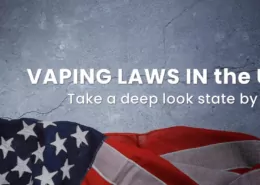 Vaping Laws in the U.S. by State
Vaping Laws in the U.S. by State
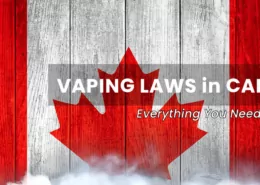 Vaping Laws in Canada – Everything You Need to Know
Vaping Laws in Canada – Everything You Need to Know
 Australia Vaping Laws – Is Vaping Illegal in Australia
Australia Vaping Laws – Is Vaping Illegal in Australia
 Best Top 10 Disposable Vape Manufacturers in China You Need to Know
Best Top 10 Disposable Vape Manufacturers in China You Need to Know
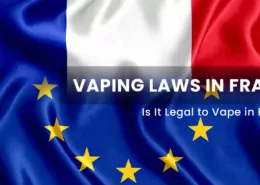 Vaping Laws in France – Is it Legal to Vape in France?
Vaping Laws in France – Is it Legal to Vape in France?
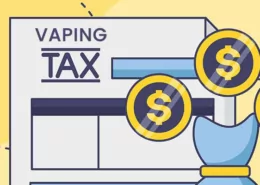 Vaping Taxes by State in the United States 2024
Vaping Taxes by State in the United States 2024


